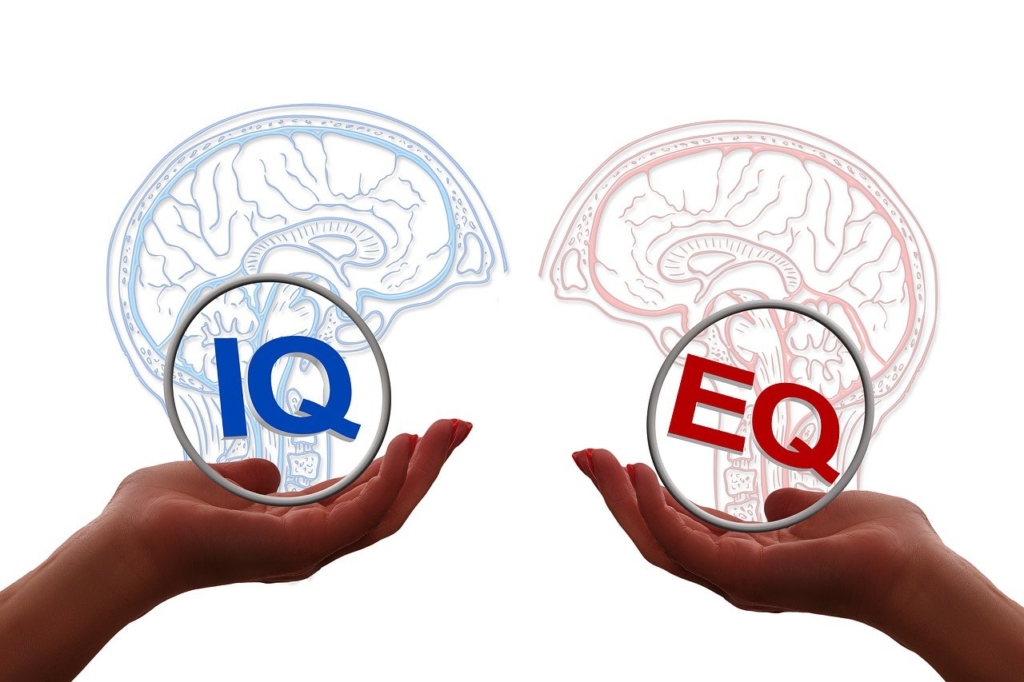Positive Discipline Techniques: Nurturing Respectful And Responsible Children
Discipline is an essential aspect of parenting, but it doesn't have to be harsh or punitive. Positive discipline techniques focus on teaching children valuable life skills while fostering a respectful and loving relationship between parents and child ...
Managing Screen Time: A Guide To Parental Control
In today's digital age, children are surrounded by various devices that offer captivating games, educational apps, and endless entertainment. While technology can be beneficial, excessive screen time can negatively impact a child's development. As pa ...
Embracing the Benefits of AI: How Children Can Harness Artificial Intelligence to Their Advantage
In our rapidly evolving world, technology plays a significant role in shaping various aspects of our lives. One notable innovation is Artificial Intelligence (AI), which has the potential to revolutionize industries and transform the way we interact ...
Why Academic and Social Intelligence are Equally Important
In an increasingly interconnected and fast-paced world, preparing children for the future goes beyond academic success. While academic intelligence is crucial, it is equally important to foster social intelligence in children. In this blog post, we w ...
How To Cultivate Lifelong Learning Habits In Children
Instilling the love for learning from an early age is an invaluable gift that can positively shape a child's future. Cultivating lifelong learning habits in children goes beyond academic success; it fosters curiosity, critical thinking, and a thirst ...





